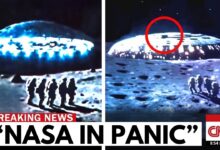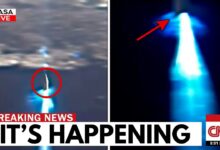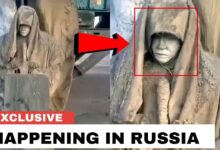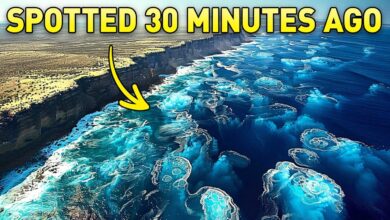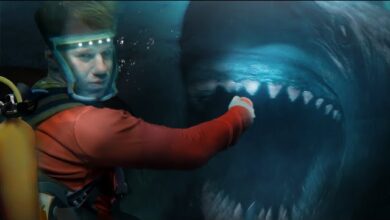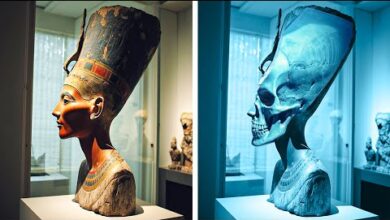Earth’s Worst Mass Extinction Is Actually a Warning
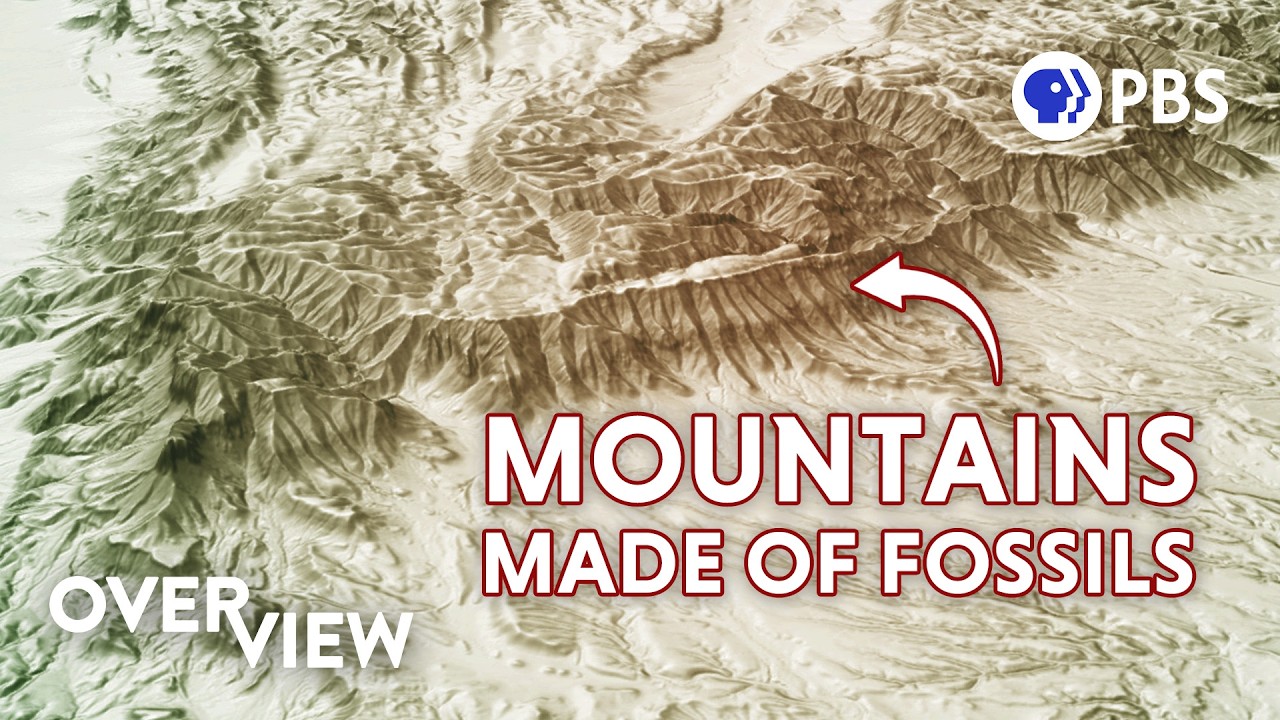
I’m standing in the middle of the West Texas desert, but I’m also at the bottom of an ancient ocean. The mountain behind me is the remains of a giant coral reef, formed from the remains of trillions of creatures that once inhabited the primordial seas that covered this region hundreds of millions of years ago.
Creatures like ammonoids, brachiopods, trilobites – most of them extinct more than 250 million years ago in the greatest mass extinction in Earth’s history: **The Great Dying**.
The fossils that remain tell the story of a world before it collapsed. Our journey will take us to the top of the mountain – and back in time – in search of traces of extinct creatures. Because what we find here may reveal what lies ahead.
Hundreds of miles from the nearest shore, we were about to climb a coral reef – not the kind you’d expect – but a giant structure made of fossilized Permian sea shells. The reef once stretched hundreds of miles from Texas to New Mexico, and is one of the best-preserved ancient reef systems in the world.
Our guide, Dustin Sweet, has spent years studying the geology of the area. Back then, the land was close to the equator, and the warm waters were home to a myriad of colorful creatures. At the base of the slope, a layer of fine limestone marked a key element in the climate-regulating cycle: **long-term carbon storage**.

Carbon from atmospheric CO₂ moved into the ocean, where it crystallized into calcium carbonate – either from the shells of organisms or microscopic particles – and settled into rock over millions of years.
On the way up, we came across fossils of sponges – they looked familiar, but they were all extinct at the end of the Permian. It was like walking through an ancient graveyard, preserving the memories of creatures like fusulinids, clams, most brachiopods and algae – all of which disappeared in the mass extinction.
**So what caused this mass death?**
At the end of the Permian, about 80–96% of life on Earth disappeared. No meteorites like the dinosaurs – but a familiar cause: **climate change due to large-scale atmospheric changes**.
One major culprit was massive volcanic activity in an area called the **Siberian Traps**, in what is now eastern Russia. For nearly 2 million years, this area erupted continuously, releasing huge amounts of CO₂ and SO₂, leading to global climate change.
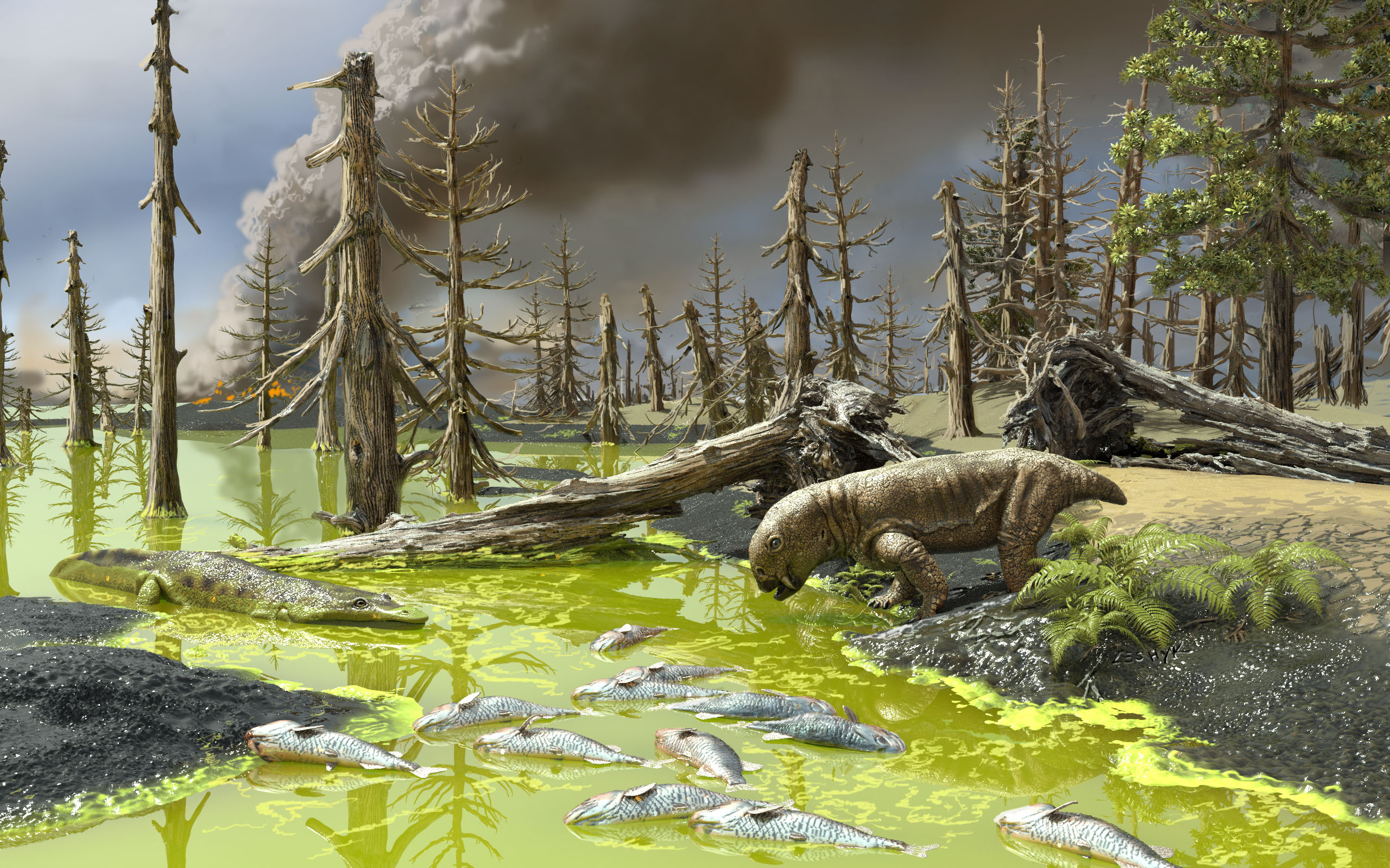
The disaster brought with it the collapse of ecosystems: plants died → herbivores disappeared → carnivores went extinct. An estimated 70% of terrestrial life was wiped out. The oceans absorbed much of the CO₂, leading to **severe acidification** and killing marine life.
Standing on the summit of the mountain – which is also the top of an ancient coral reef – you can imagine how this place was once submerged under 600 metres of water and teeming with life. Now, all that remains is fossils and rocks.
Scientists agree that Earth has experienced five mass extinctions – and the last, at the end of the Permian period, was the biggest. Some believe we are now facing a **sixth**. Biodiversity is declining rapidly, and human-caused changes in the atmosphere are occurring many times faster than at any other time in the geological record.
The difference is: the creatures of the Permian had no knowledge, no choice. But we do. And the question is: **what mark will we leave on the Earth in the future?**
